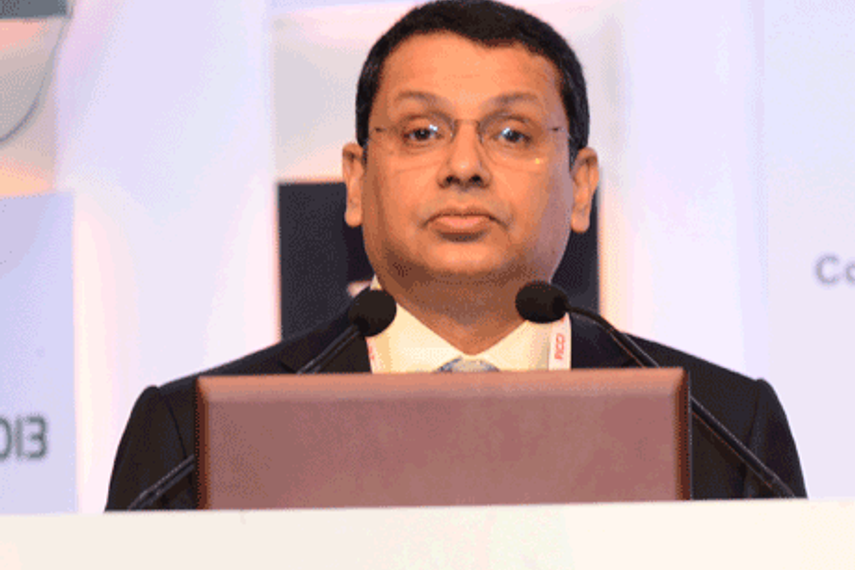
Please sign in or register
Existing users sign in here
Having trouble signing in?
Contact Customer Support at
[email protected]
or call+91 22 69489600
Uday Shankar touched upon measurement and digitisation, among other issues, on day one of FICCI Frames in Mumbai

Contact Customer Support at
[email protected]
or call+91 22 69489600
Top news, insights and analysis every weekday
Sign up for Campaign Bulletins
While analytics continued to be the fastest-growing segment, custom market research grew 8%, showcasing an appetite for specialised services.
Campaign Explainer: India’s warning over Grok revives advertiser anxieties from 2022, reopening questions of brand safety, platform accountability and Musk-era moderation gaps.
Mass appeal is not where most brands are focused anymore. Here are five trends that will shape marketing this year.
Hub launches with four 'Super Agents'.